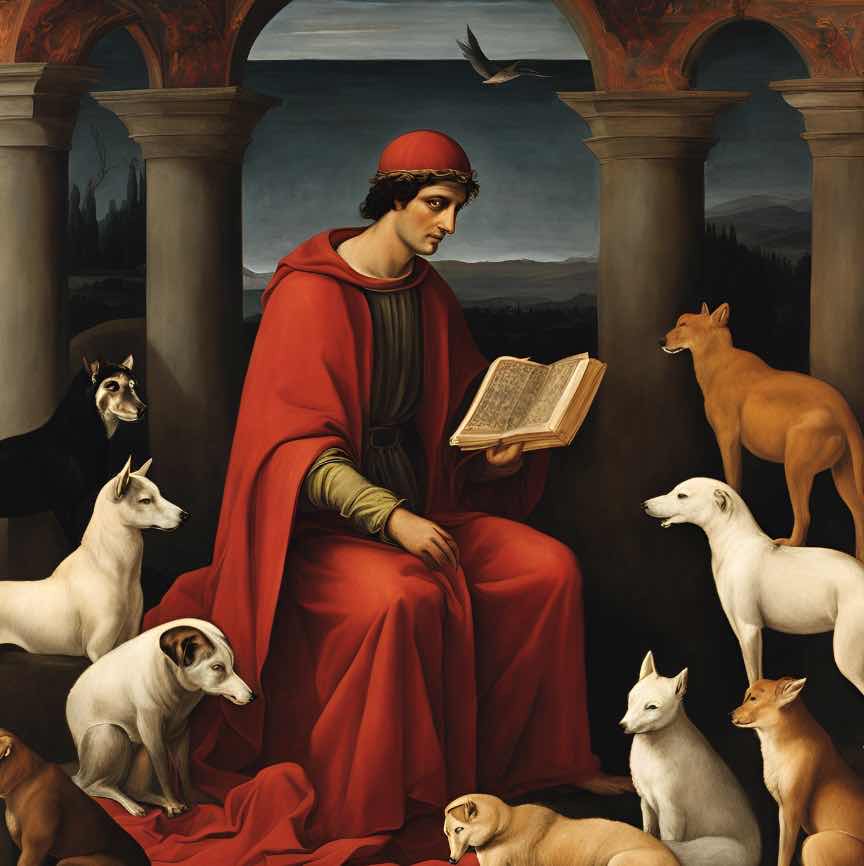Articles
Vol. 112 No. 1 (2022)
Dante's bestialities. Zoology of the Commedia
Flies, mosquitoes, fireflies and... Lions. Preface by Domenico De Martino

Publisher's note
All claims expressed in this article are solely those of the authors and do not necessarily represent those of their affiliated organizations, or those of the publisher, the editors and the reviewers. Any product that may be evaluated in this article or claim that may be made by its manufacturer is not guaranteed or endorsed by the publisher.
All claims expressed in this article are solely those of the authors and do not necessarily represent those of their affiliated organizations, or those of the publisher, the editors and the reviewers. Any product that may be evaluated in this article or claim that may be made by its manufacturer is not guaranteed or endorsed by the publisher.
Published: 31 October 2024
544
Views
105
Downloads








